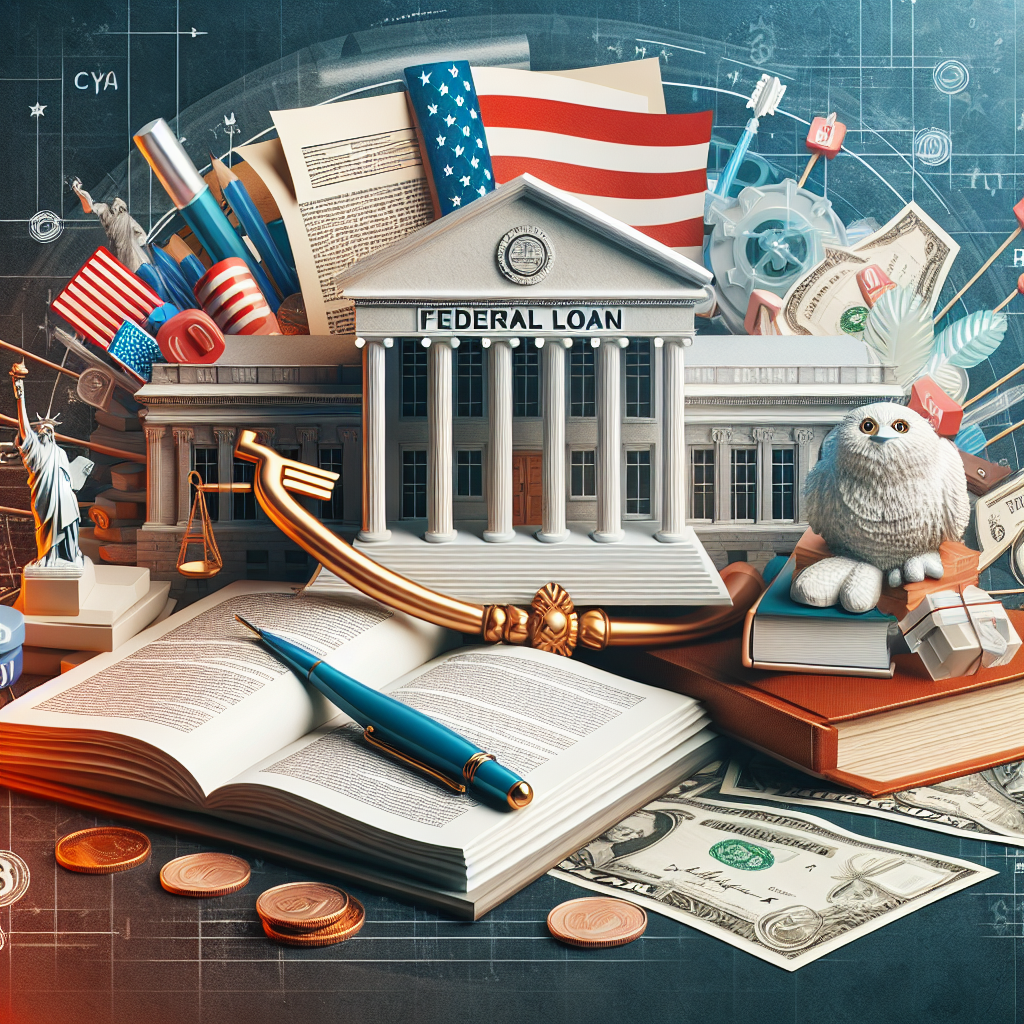
William d ford federal loan
The William D. Ford Federal Loan Program: An In-Depth Guide
Understanding student loans can often feel overwhelming for many individuals seeking higher education. With multiple programs available, it's crucial to distinguish between them. One such program is the William D. Ford Federal Loan program, offering various benefits to eligible borrowers. This article aims to provide an extensive overview of this federal loan program, from its inception to how it operates, and the impact it can have on borrowers.
What is the William D. Ford Federal Loan Program?
The William D. Ford Federal Loan program is a federal initiative designed to help students afford their education through low-interest loans. Established by the U.S. Department of Education, this program aims to provide access to financial assistance for students who may not have the means to pay for college tuition and related expenses upfront.
Since its launch, the program has undergone several changes, providing competitive interest rates and varied repayment options. Understanding the framework of this program is essential for prospective borrowers and their families.
Types of Loans Under the William D. Ford Program
Initially, the William D. Ford Federal Loan program offers two primary types of loans—Direct Subsidized Loans and Direct Unsubsidized Loans. Below, we break down each type's characteristics and eligibility requirements:
-
Direct Subsidized Loans:
- Available to undergraduate students who demonstrate financial need.
- The government pays the interest while the borrower is in school at least half-time, during the grace period, and during deferment periods.
-
Direct Unsubsidized Loans:
- Available to both undergraduate and graduate students; financial need is not a factor.
- Interest begins to accrue as soon as the loan is disbursed, and borrowers are responsible for paying the interest during all periods.
Eligibility Criteria for Borrowers
To qualify for loans under the William D. Ford Federal Loan program, there are several eligibility criteria that students need to meet:
- Enrollment in an eligible degree or certificate program at a participating school.
- Submission of the Free Application for Federal Student Aid (FAFSA).
- Demonstration of financial need for subsidized loans.
- Meeting the federally mandated Satisfactory Academic Progress (SAP) standards.
How to Apply for a William D. Ford Federal Loan
Applying for loans under the William D. Ford Federal Loan program involves several straightforward steps. Below is a guide to the application process:
- Complete the FAFSA: Start by filling out the Free Application for Federal Student Aid to determine your eligibility.
- Receive Financial Aid Offer: After your FAFSA is processed, your school will send you a financial aid offer detailing the types and amounts of aid available.
- Accept the Loan: If you decide to accept the loan, follow your school’s instructions to complete the acceptance process.
- Complete Loan Entrance Counseling: You’ll need to undergo entrance counseling to understand your responsibilities and the terms of your loan.
- Sign the Master Promissory Note (MPN): This is a legally binding document in which you agree to repay your loans.
Repayment Plans and Options
One of the most appealing aspects of the William D. Ford Federal Loan program is the range of repayment plans available for borrowers. Understanding these options ensures that you can find a plan that fits your financial situation. Here are some of the primary repayment plans:
- Standard Repayment Plan: Fixed monthly payments for up to 10 years.
- Graduated Repayment Plan: Payments start low and increase every two years, designed for those expecting a higher income in the future.
- Extended Repayment Plan: Extended over 25 years, with either fixed or graduated payments for those with large loans.
- Income-Driven Repayment Plans: Payments are based on income and family size, ensuring affordability.
Benefits and Challenges of the William D. Ford Federal Loan Program
Like any financial program, the William D. Ford Federal Loan program has its advantages and disadvantages. Understanding both sides is essential for potential borrowers.
Benefits
- Low-Interest Rates: Offers significantly lower rates compared to private lenders.
- Flexible Repayment Options: Various plans accommodate different financial situations.
- Loan Forgiveness Programs: Potential for loan forgiveness after meeting certain employment criteria, particularly in public service sectors.
Challenges
- Potential for Accumulated Debt: It's easy to borrow more than necessary, leading to long-term debt.
- Interest Accrual: For unsubsidized loans, interest can accumulate, increasing the total repayment amount.
Managing Your Federal Loans
Managing loans acquired through the William D. Ford Federal Loan program is crucial for long-term financial health. Here are some strategies to keep in mind:
- Keep Track of Your Loans: Monitor your loan balances, interest rates, and deadlines for payments.
- Seek Financial Counseling: Many institutions have resources available for students to manage their finances post-graduation.
- Consider Refinancing: After a few years of steady income, refinancing may bring additional benefits, such as reduced interest rates.
Resources and Support
Several resources are available to aid students in understanding and navigating the federal loan landscape:
- Federal Student Aid Website: A hub for information on federal loans, grants, and scholarships.
- Your College Financial Aid Office: Support and guidance tailored to your specific situation.
- Loan Servicer: Your loan servicer can provide information regarding repayment options and the status of your loans.
Conclusion
In summary, the William D. Ford Federal Loan program is an indispensable resource for students navigating the financial challenges of higher education. Its various loan types, eligibility criteria, and repayment options make it a practical choice for many borrowers. As you embark on your educational journey, consider your financing options, and choose the best strategy for your future success.
"Education is the most powerful weapon which you can use to change the world." – Nelson Mandela
With the right financial support, students can achieve their academic goals and set themselves up for a brighter future.
By Guest, Published on August 9th, 2024